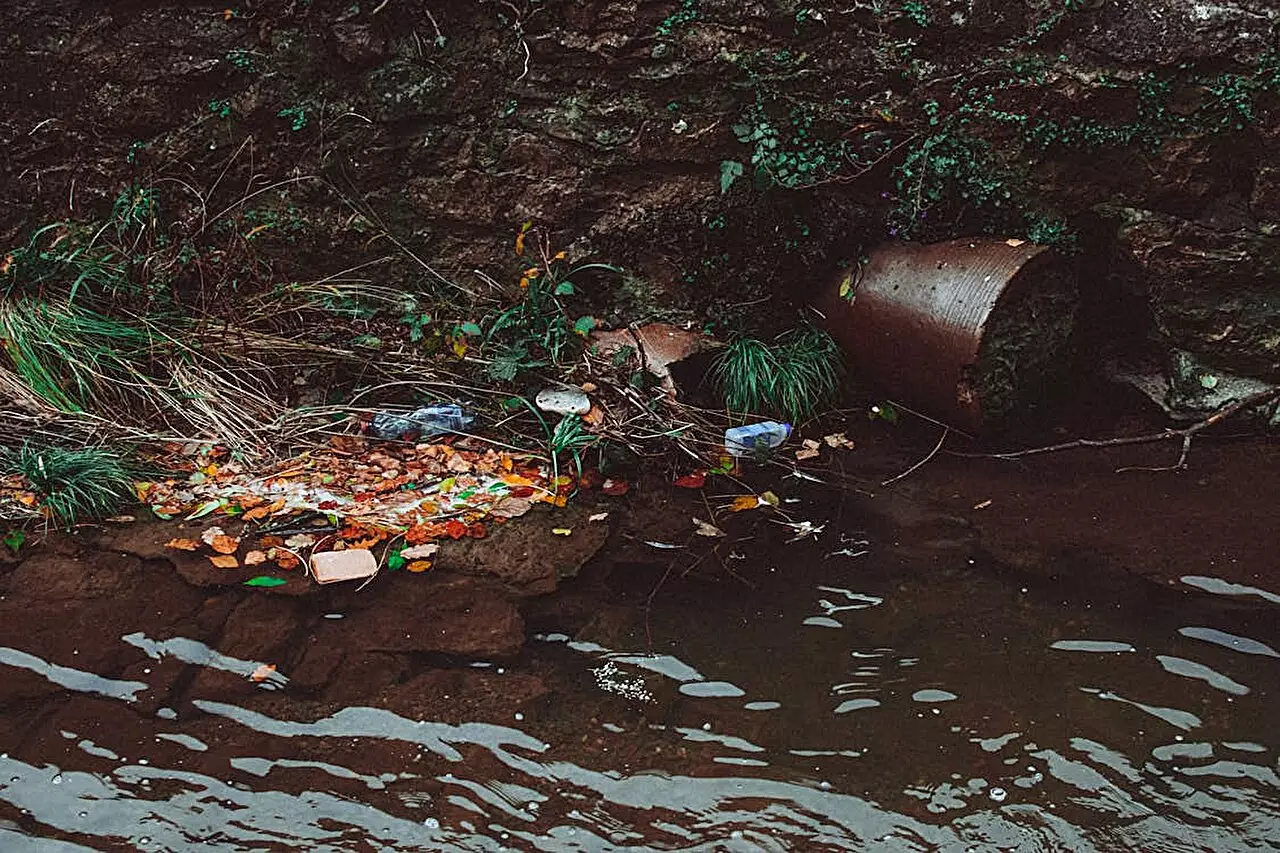The Citarum River, recognized as one of Indonesia’s most severely polluted bodies of water, has become a symbol of environmental degradation exacerbated by rapid urbanization, industrial activities, and climate change. For decades, pollution has plagued the river, impacting not only the ecosystem but also the health and livelihood of the communities along its banks. In response to this critical situation, a collaborative initiative known as the “Citarum Living Lab” has emerged, aiming to implement sustainable and innovative solutions to restore the river’s health.
The Citarum Living Lab represents an integrated approach to environmental management, combining community engagement, scientific research, and practical intervention. Researchers from Monash University spearheaded a recent study analyzing this initiative, which emphasizes the significance of localized knowledge and transparent collaboration among various stakeholders. By uniting local inhabitants, governmental organizations, non-governmental organizations, businesses, and academic scholars, the Living Lab creates a platform for actionable strategies that prioritize the ecological balance and the socioeconomic well-being of the community.
According to Dr. Paris Hadfield, the study’s lead author, this approach marks a paradigm shift in managing watershed issues. “We’re not just looking at scientific data in isolation; we’re working hand-in-hand with the communities to develop and implement solutions that are both effective and scalable,” stated Hadfield. The emphasis on community participation is vital, as it transforms environmental stewardship into a collective responsibility rather than a top-down directive.
One of the pivotal aspects of the Citarum Living Lab is its focus on design interventions that acknowledge and respect the cultural dynamics of the area. As articulated by Dr. Michaela Prescott from Monash Art, Design and Architecture, the design elements are meant to accomplish dual objectives: ensuring efficiency while remaining harmonious with the local culture. “It’s about creating solutions that fit within the social fabric of the communities,” Prescott emphasized. This involves integrating technical innovations with cultural practices, ensuring that the interventions resonate on a personal and community level.
The practical implications of this approach are profound, as developing systems that are both effective and culturally relevant encourages local buy-in and long-term sustainability of the initiatives.
The insights gained from the Citarum Living Lab are not merely local advancements; they bear significance for global environmental challenges relating to river pollution and sustainable development. As the world grapples with similar issues, the strategies forged in this Indonesian context can offer valuable lessons on the importance of local engagement and collaborative frameworks in addressing environmental crises.
The revitalization of the Citarum River through the Living Lab initiative highlights a multi-faceted solution to pollution that prioritizes community involvement and cross-disciplinary collaboration. This model not only addresses the immediate environmental concerns but also sets the stage for sustainable development, linking local practices to broader global imperatives. The journey of the Citarum River serves as a hopeful narrative of how collective action can lead to meaningful change in our planet’s health.

